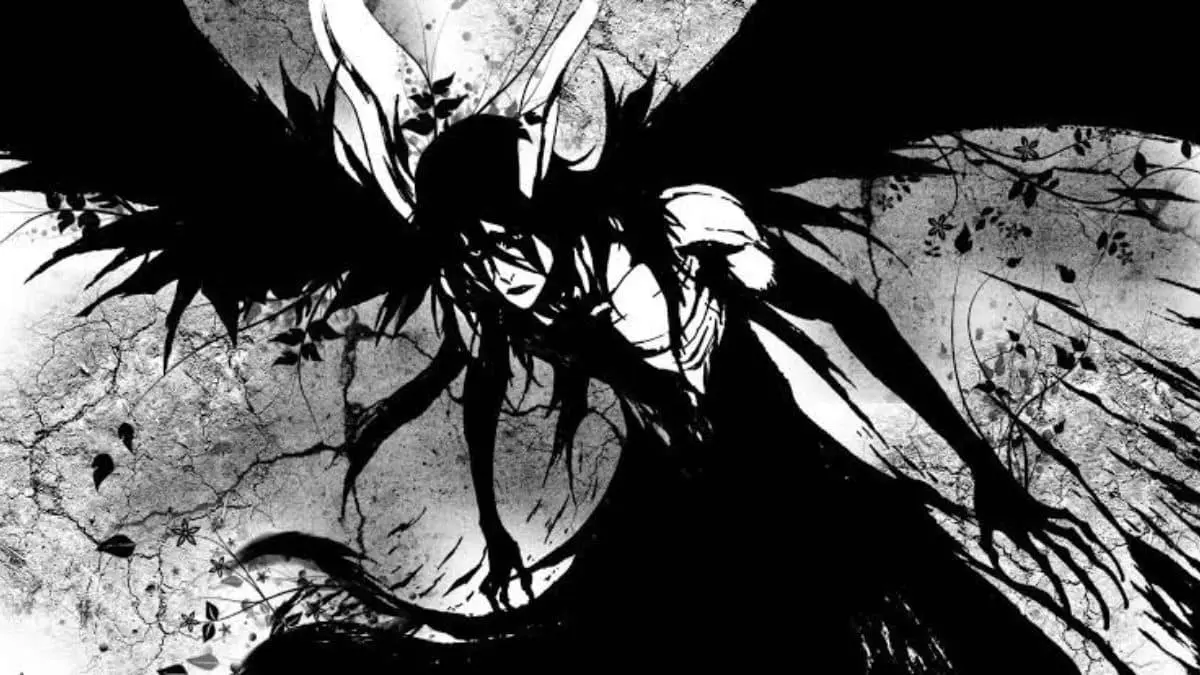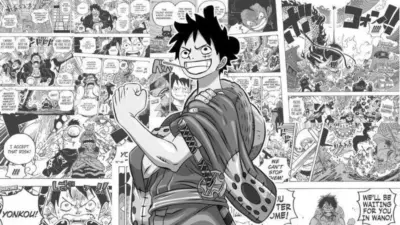Manga, the beloved Japanese comic art form, has long captivated readers with its distinct storytelling and vibrant illustrations. While its origins are deeply rooted in Japanese culture, manga has become a global phenomenon with millions of fans worldwide. But Who is the Target Audience for Manga, and How is It Changing? Let’s dive into these questions and uncover how manga’s appeal has broadened in remarkable ways.
Manga’s Original Target Audience: A Peek Into Its Roots
Manga began as a form of storytelling accessible to a broad range of readers in Japan. However, it wasn’t a one-size-fits-all medium. From the start, manga was meticulously categorized based on its target demographics, making it easier for readers to find stories that resonated with them.
- Shōnen Manga (for young boys): Titles like Naruto, Dragon Ball, and One Piece are classic examples. These stories often feature action-packed adventures, themes of friendship, and underdog protagonists striving to overcome challenges.
- Shōjo Manga (for young girls): With their focus on romance, personal growth, and emotional depth, series like Sailor Moon and Fruits Basket became staples for young female readers.
- Seinen Manga (for adult men): Seinen manga, such as Berserk and Vagabond, cater to mature audiences with darker, more complex themes, exploring morality, philosophy, and the human condition.
- Josei Manga (for adult women): Josei manga like Nana and Paradise Kiss reflect the realities of adult relationships, careers, and life struggles, resonating deeply with women in their 20s and 30s.
These categories established a clear framework for manga’s early target audiences. But as manga grew in popularity, both in Japan and internationally, these boundaries began to blur.

The Global Expansion of Manga: A Game Changer
Manga’s initial international success was largely driven by young anime fans in the 1990s and early 2000s, who discovered series like Dragon Ball Z and Sailor Moon. These fans quickly sought out the source material, creating a demand for manga translations.
However, what made manga unique—and so appealing—was its diversity of genres and themes. Unlike Western comics, which were historically dominated by superheroes, manga offered something for everyone. From slice-of-life stories to sports dramas, horror, and even cooking competitions (Food Wars! anyone?), manga broke free from being “just for kids.”
This expansion wasn’t just about diversity in genres—it also meant a shift in who was reading. Today, manga is no longer just a niche interest for young anime fans. It’s a global phenomenon with a vast and varied audience.
How Manga’s Audience Is Evolving
The target audience for manga is no longer confined to age, gender, or cultural background. Let’s explore some of the ways this audience is changing:
1. Breaking Gender Stereotypes
Historically, shōnen manga was for boys, and shōjo manga was for girls. But today, those lines are increasingly irrelevant. For instance:
- Many women are avid fans of action-heavy shōnen series like Attack on Titan and My Hero Academia.
- Men are embracing emotional, character-driven stories like those in Your Lie in April or Kimi ni Todoke.
The rise of social media platforms like TikTok and Instagram has further accelerated this trend. Female readers, in particular, have played a significant role in promoting traditionally male-targeted series, often praising the depth of storytelling and character development.
2. A Growing Adult Readership
As the original manga fans of the 1990s and 2000s have grown older, they’ve continued to consume and support the medium. This has led to a rise in demand for stories that reflect adult concerns:
- Monster by Naoki Urasawa offers a psychological thriller with intricate moral dilemmas.
- March Comes in Like a Lion portrays a young man’s journey through depression and self-discovery.
- Manga like Solanin explore themes like post-college uncertainty and the realities of working life.
Publishers have noticed this shift and are increasingly marketing titles specifically to adult readers, both in Japan and abroad.
3. Manga for Younger Children
While manga for children isn’t new, the international market is now seeing an explosion of kid-friendly titles. Series like Pokémon Adventures and Yotsuba&! cater to younger readers with wholesome, easy-to-follow stories. This has been especially successful in the West, where parents are introducing their children to manga as an alternative to traditional Western comics.
4. Inclusivity and LGBTQ+ Representation
One of the most significant changes in manga’s audience is the growing demand for representation. Manga genres like yaoi (boys’ love) and yuri (girls’ love) have always had dedicated fanbases, but their appeal has grown far beyond niche circles. Today, LGBTQ+ themes are becoming mainstream, with series like:
- Given, a touching boys’ love story about music and relationships.
- My Lesbian Experience with Loneliness, a semi-autobiographical account of one woman’s journey through mental health and sexuality.
These stories are resonating with readers across all orientations, reflecting a growing hunger for diverse voices and experiences in storytelling.
The Role of Digital Platforms in Expanding the Audience
Digital platforms like Crunchyroll, Manga Plus, and Webtoon have revolutionized the way people consume manga. Readers no longer need to visit specialty bookstores or import expensive volumes. Instead, they can access a vast library of manga instantly, often for free.
Webtoon, in particular, has played a key role in introducing Western audiences to manga-inspired webcomics. With its vertical scrolling format and accessibility on mobile devices, it appeals to younger, tech-savvy readers who might not have picked up a traditional manga volume.
The Impact of Cultural Cross-Pollination
As manga continues to spread globally, it’s also influencing other industries and cultures. Western creators are drawing inspiration from manga’s unique storytelling techniques, resulting in hybrid works like Avatar: The Last Airbender and RWBY. Similarly, manga’s audience is diversifying as it reaches new regions, from South America to the Middle East.
At the same time, non-Japanese creators are now making their own manga-inspired works, further broadening the definition of what manga can be. This fusion of cultures is creating a feedback loop that continues to expand manga’s appeal.
What’s Next for Manga’s Audience?
It’s clear that manga’s audience is no longer limited to its original categories. As the medium continues to adapt to the needs and interests of a global readership, we can expect even more changes. Some trends to watch for include:
- Interactive Manga: With the rise of VR and AR, creators might experiment with interactive storytelling, making manga even more immersive.
- Diverse Creators: As more non-Japanese creators enter the scene, manga could see an influx of new perspectives and cultural influences.
- Sustainability and Accessibility: Publishers are likely to focus on eco-friendly practices and affordable digital access to cater to socially conscious readers.

Final Thoughts: Manga Is for Everyone
Manga’s target audience has evolved dramatically over the years, and its appeal shows no signs of slowing down. Whether you’re a young reader diving into Demon Slayer for the first time, an adult revisiting the classics, or someone seeking representation in stories like Blue Flag, there’s something in manga for you.
Ultimately, manga’s success lies in its ability to connect with readers on a deeply personal level. It doesn’t matter who you are or where you’re from—manga welcomes everyone into its world.
Also Read: Who Introduced Manga to the Western World?



